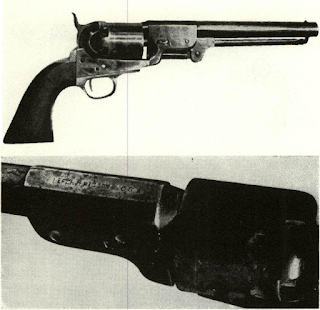Rigdon floated his gear downriver to Memphis. There
In partnership with Thomas Leetch, the name of
sippi. To this site they shifted, departing from Memphis
Set-up time apparently occupied them for two
In partnership with Thomas Leetch, the name of
sippi. To this site they shifted, departing from Memphis
Set-up time apparently occupied them for two

Comments
Post a Comment